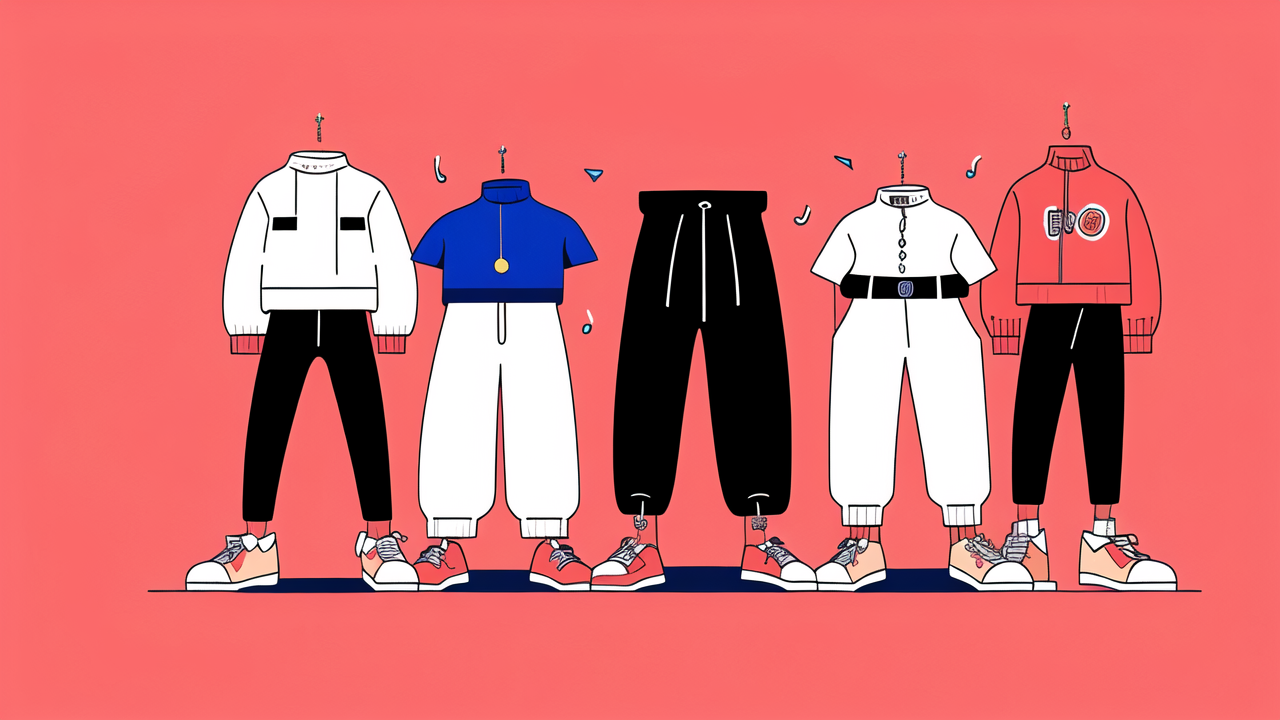The Rise of Hip-Hop Jewelry: A Cultural Milestone
The Origin Story: Hip-Hop and Fashion
Hip-hop jewelry emerged in the 1980s as a symbol of success in urban communities. It began with simple gold chains and grew into elaborate designs. Early hip-hop artists used jewelry to show their rise from poverty to wealth. This trend quickly became a key part of hip-hop culture.

Pioneers like Run-DMC made gold chains popular. They wore them in videos and on stage. Soon, other rappers followed suit. Jewelry became a way to stand out and show status. As hip-hop grew, so did the size and style of the jewelry.
By the 1990s, custom pieces were common. Rappers wanted unique items that reflected their personal brand. This led to the rise of hip-hop jewelers. These craftsmen created one-of-a-kind pieces for artists. The jewelry became more than fashion; it was art.
Breaking Down the Significance of Wearing Your Identity
In hip-hop, jewelry is more than just accessories. It's a form of self-expression and identity. Rappers use it to tell their stories and show their success. Each piece often has a deep personal meaning.
For many artists, their jewelry represents where they came from. It shows their journey from struggle to success. Big, bold pieces are a way to say, "I made it." They serve as inspiration for fans from similar backgrounds.
Custom jewelry also helps artists stand out in a crowded field. Unique pieces become part of their brand. Fans can recognize an artist by their signature jewelry. This helps create a lasting image and legacy.
Some common themes in hip-hop jewelry include:
- Religious symbols
- Area codes or city maps
- Music-related designs
- Personal logos or catchphrases
These pieces often become talking points in interviews and social media. They help artists connect with fans on a deeper level.
Crafting Your Brand: Custom Jewelry's Role in Hip-Hop Culture
The Art of Customization: Personal Stories of Rapper Jewelry
Custom jewelry in hip-hop is an art form. Each piece tells a unique story. Artists work closely with jewelers to create pieces that reflect their journey and values. These items often become as famous as the rappers themselves.

Take Jay-Z's "Five Percent" medallion. It represents his connection to the Five-Percent Nation. This piece shows his spiritual beliefs and cultural roots. Fans see it as part of his identity.
Flavor Flav's giant clock necklace is another iconic piece. It started as a joke but became his trademark. The clock represents the idea that it's "time to get busy." It's now an inseparable part of his image.
Slick Rick's eye patch is both jewelry and necessity. He turned a childhood injury into a style statement. His bejeweled eye patches are now part of hip-hop lore.
These stories show how personal experiences shape hip-hop jewelry. Each piece is a chapter in the artist's life story.
How Jewelry Serves as a Medium for Expression and Empowerment
In hip-hop, jewelry is a powerful tool for self-expression. It allows artists to showcase their personality and values. Custom pieces often carry deep meanings that resonate with fans.
Jewelry can represent:
- Personal achievements
- Cultural heritage
- Political statements
- Artistic vision
For many rappers, their jewelry is a symbol of empowerment. It shows they've overcome obstacles and found success. This can inspire fans facing similar challenges.
Some artists use their jewelry to make social statements. For example, Killer Mike wore a chain with the names of unarmed Black Americans killed by police. This turned his jewelry into a platform for activism.
Jewelry also helps artists connect with their roots. Many pieces feature designs from African or urban American culture. This keeps artists linked to their heritage even as they gain fame.
In the end, hip-hop jewelry is about more than flash. It's a way for artists to tell their stories and inspire others.
The Business of Bling: The Market Dynamics of Hip-Hop Jewelry
Understanding the Demographics of Hip-Hop Jewelry Consumers
The market for hip-hop jewelry has grown far beyond rappers. It now includes a wide range of consumers. Understanding this diverse group is key to the industry's success.

The core audience is still young urban males. They are often influenced by their favorite artists. However, the appeal has spread to other groups:
- Suburban teens
- Young professionals
- Fashion enthusiasts
- Collectors
Age-wise, the main consumers are between 18 and 34. But older fans and younger teens also buy hip-hop inspired jewelry. The gender split is more even than in the past. Women now make up a significant portion of buyers.
Income levels vary widely. There's demand for both high-end custom pieces and more affordable options. This has led to a tiered market:
- Ultra-luxury custom pieces for celebrities
- High-end items for wealthy fans
- Mid-range pieces for young professionals
- Affordable replicas for younger consumers
The global reach of hip-hop has also expanded the market. Fans worldwide now seek out American hip-hop jewelry styles.
The Future of Hip-Hop Jewelry: Trends and Predictions in the Industry
The hip-hop jewelry industry continues to evolve. New trends and technologies are shaping its future. Here are some key predictions:
- Sustainability: Eco-friendly materials and ethical sourcing will become more important.
- Tech integration: Smart jewelry with functions like payment or health tracking may emerge.
- Customization: 3D printing could make unique designs more accessible to average consumers.
- Cultural fusion: We may see more blending of hip-hop style with other cultural jewelry traditions.
- Digital presence: Virtual jewelry for online avatars could become a new market.
- Collaborations: More partnerships between jewelers and other industries like fashion or art.
- Investment value: Some pieces may be marketed as collectibles or investments.
- Minimalism: A trend towards simpler, more subtle designs might grow.
The industry will likely continue to adapt to changing tastes and technologies. However, the core values of self-expression and cultural significance will remain. Hip-hop jewelry will keep evolving, just like the music and culture it represents.






